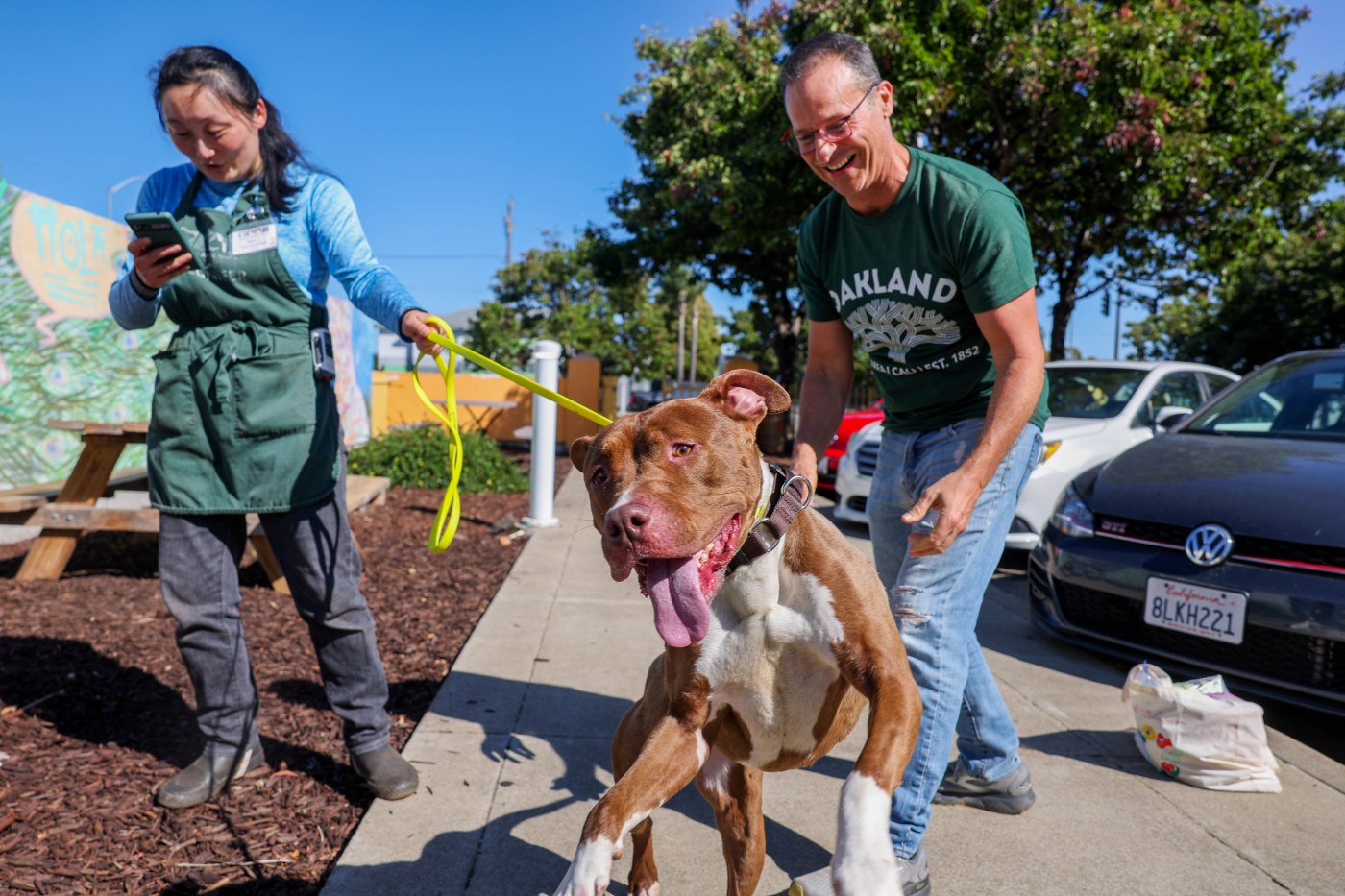As the landscape of cannabis consumption evolves, many individuals, particularly older adults, are exploring ways to harness its therapeutic benefits without experiencing significant psychoactive effects. One approach gaining traction is microdosing—consuming minimal amounts of cannabis to achieve desired outcomes while maintaining daily functionality.
What is Microdosing Cannabis?
Microdosing involves taking small, controlled doses of cannabis, typically ranging from 1 to 5 milligrams of THC (tetrahydrocannabinol), the primary psychoactive compound in cannabis. The goal is to attain therapeutic benefits without the pronounced “high” associated with larger doses. This method allows users to integrate cannabis into their wellness routines without disrupting their daily activities.
Potential Benefits of Microdosing
Pain Relief: Low doses of THC have been reported to alleviate chronic pain, inflammation, and neuropathic pain by interacting with the body’s endocannabinoid system, which regulates pain and inflammation.
leafydoc.com
Anxiety Reduction: Microdosing may help reduce anxiety and promote relaxation without triggering the paranoia or heightened anxiety that can occur with higher THC doses.
leafydoc.com
Mood Enhancement: Some users find that microdosing improves mood and emotional well-being, offering a gentle boost without the emotional fluctuations that higher doses might cause.
leafydoc.com
Improved Focus and Creativity: Low-dose cannabis consumption has been associated with enhanced focus and creativity, making it appealing to those seeking cognitive benefits without impairment.
fardotter.com
Sleep Support: Microdosing can aid in improving sleep quality by promoting relaxation and reducing factors that interfere with restful sleep.
cheefbotanicals.com
Finding Your Ideal Microdose
Determining the optimal microdose is a personalized process, as individual responses to THC can vary. A common recommendation is to start with a dose of 1 to 2.5 milligrams of THC and maintain this dosage for several days while observing its effects. If necessary, the dose can be gradually adjusted in small increments until the desired benefits are achieved without unwanted side effects.
Methods of Microdosing
Several consumption methods facilitate precise dosing:
Edibles: Products like gummies or mints with low THC content (e.g., 2.5 milligrams per serving) allow for controlled intake.
cheefbotanicals.com
Tinctures: Liquid cannabis extracts with measured droppers enable accurate dosing and can be taken sublingually for faster onset.
sativauniversity.com
Capsules: Pre-dosed capsules offer a convenient and discreet option for consistent dosing.
fardotter.com
Vaporization: Using vaporizers with low-THC cannabis products allows for controlled inhalation, though dosing precision can be more challenging compared to edibles or tinctures.
Considerations and Best Practices
Start Low and Go Slow: Begin with the lowest possible dose and increase gradually to monitor how your body responds.
fardotter.com
Consistency: Maintain the same dose for several days before making adjustments to accurately assess its effects.
Consult Healthcare Providers: Especially for individuals with existing health conditions or those taking other medications, consulting a healthcare professional experienced in cannabis use is advisable.
Product Quality: Choose products from reputable sources that provide third-party lab testing to ensure accurate dosing and the absence of contaminants.
Potential Risks and Side Effects
While microdosing aims to minimize adverse effects, some individuals may still experience mild side effects such as drowsiness, dry mouth, or lightheadedness. It’s essential to monitor your body’s reactions and adjust the dosage accordingly. Additionally, combining cannabis with other substances, like caffeine, should be approached cautiously due to potential interactions.
Microdosing in Daily Life
For older adults seeking to incorporate microdosing into their routines, this approach can offer subtle benefits that enhance daily life without significant disruption. Whether aiming to manage chronic pain, reduce anxiety, or improve sleep, microdosing provides a controlled method to experience the therapeutic potential of cannabis.
Conclusion
Microdosing cannabis presents a viable option for those interested in the plant’s benefits without the accompanying high. By starting with low doses and adjusting carefully, individuals can tailor their cannabis use to support their wellness goals while maintaining functionality. As with any supplement or medication, mindful consumption and consultation with healthcare professionals are key to a safe and effective experience.
Related Articles
Diabetes And Cannabis
Alcohol Wants To Be In Charge Of Selling Legal Cannabis
Letters: AI firms must show respect for content creators
Elon Musk And The Potential Future Of Legal Cannabis
Nano THC & Fast-Acting Edibles: The Future of Quick-Hit Cannabis Consumption





